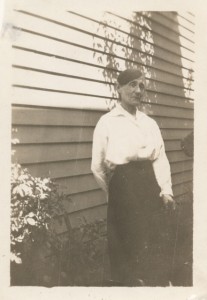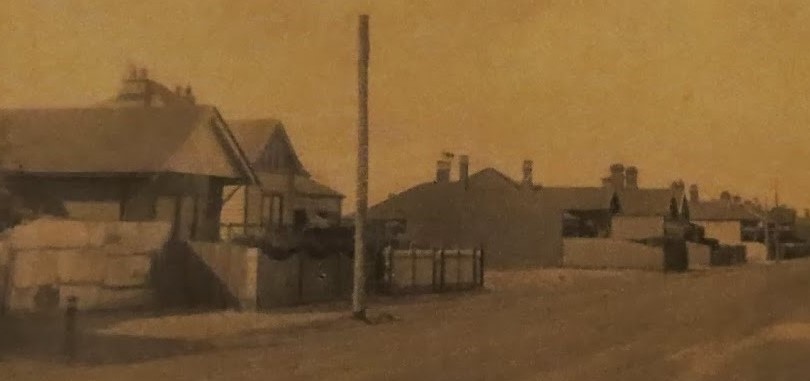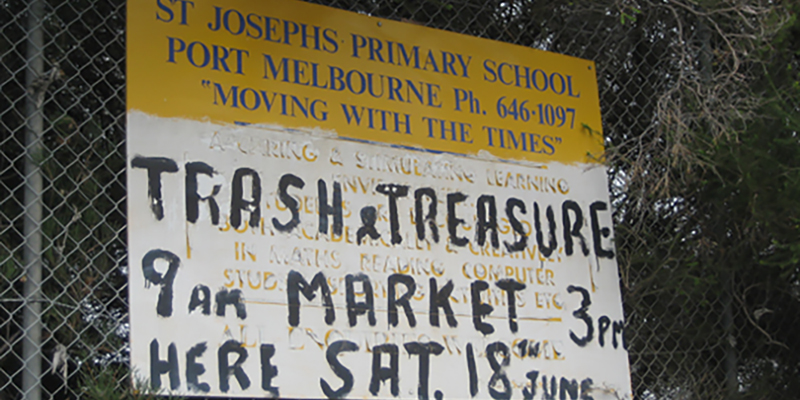An Invisible Woman
Brought to light – the story of Janet Adams
Margaret Bride writes:
International Women’s Day is an opportunity to reflect on the many women who have influenced my life yet of whom there is little or no documentary evidence. Janet Adams is one of these women, though I never met her. In the early years of the 20th century Janet, a friend and former workmate of my Grandmother, boarded with my grandparents Albert and Lettie Bellion in their Port Melbourne home in Rouse Street.

Janet was a strong believer in women’s right to live an independent life. Neither of Ada’s parents really believed in education for girls and would not let Ada to fulfil her ambition to attend the Melbourne Continuation School when she finished her primary schooling at Nott Street State School. It was Janet Adams who helped her enroll in evening courses at the Working Men’s College of Melbourne, later RMIT.
Janet was also a pacifist, firmly believing that the Boer War and World War 1 were both capitalist conflicts driven by the colonial rivalries of the European nations. This strongly held view was part of the reason she was such a strong supporter of Vida Goldstein’s Peace Alliance and a reader of the Woman Voter. This photo of her was taken in the back yard of the Rouse Street house about that time.
At the end of World War 1 Melbourne experienced the devastating effects of the influenza epidemic. Many people suffered from the disease and the death toll was very high. Janet Adams was one of its victims.
Janet is one of that invisible crowd of women who have contributed to our emancipation. Her story has always been part of my own upbringing, an inspiration to strive for the good and to be strong.
for 8 March 2015


